This month, our special columnist Michaela Bencová responds to your questions about one of the most complicated, and consequently most often misunderstood, aspects of badminton officiating: the service.
By Michaela Bencová, Badzine Columnist. Photos: Badmintonphoto
Last time we looked at some funny situations on court so this month we will have a serious discussion based on services, the service laws, and their enforcement. Let’s start by going right to the floor and responding to some of your questions, which have been sent in in response to previous articles.
Question from Edwin Decoene:
I’m just a recreational player and from time to time I watch some games on youtube. As far as I know, serving must be:
- Racket hitting the shuttle below the waist (but maybe this is the hardest of all rules, where is that waist, and where does it start?)
- Racket head pointing towards the floor when hitting the shuttle
- Racket head below the racket handle when hitting the shuttle
A simple question for people watching the games on television or on Youtube (where we can pause and rewind), but maybe not so easy for umpires/service judges: if I watch those games (especially MD and XD), about none of the players serve according these rules, or am I wrong? A few players names in the circuit are well known, even comentaters mention them during the game. If they can see it, how come no service judge or umpire makes a remark? Please clarify.
Answer:
Hi Edwin. Thanks for your question. It is very simple question, but the answer is very difficult for me.
You are almost right – shuttle below the waist, shaft of the racket pointing in a downward direction (which is an updated, less strict version of the older rule you refer to which did require that the racket head be “below the handle”).
Using the words of Laws of Badminton, which are available from the Badminton World Federation (BWF) website:
9.1.5 the whole shuttle shall be below the server’s waist at the instant of being hit by the server’s racket. The waist shall be considered to be an imaginary line round the body, level with the lowest part of the server’s bottom rib;
9.1.6 the shaft of the server’s racket at the instant of hitting the shuttle shall be pointing in a downward direction;
Now the problem of correct or faulty service. I don’t know what the speed of the average service is, but I would guess at least 80 to 100 km/h. The player is about 4-5 metres away from the service judge and sometimes we are talking about the difference of few millimetres between a legal service and a service fault. So generally, is it in power of the human eye to see it?
Very important also is the angle. Quite often from the right side the service looks different from what it does from the left. The television commentators are hopefully sitting behind the court but are often somewhere close to the ceiling of the hall. And TV cameras are above the service judge so they they catch the serving motion from a different angle again (about 50 to 100 centimetres above the eye level of the service judge).
I don’t want to discuss whether the discrepancy can lie between bad and good umpires. Of course there are differences also among umpires. Most of the televised matches are from the big tournaments like World Championships – the umpires are selected by BWF and all of the umpires are BWF-certificated or accredited umpires. So there should only be small differences in the level of umpires.
So in summary, if you put all these aspects together, you will always have two groups of people – one group will agree and one will disagree with the service judge. As you can see, there is no easy answer for your simple question :-).
Question from Haiti:
I had been faulted on a serve in doubles because I was standing (as the server) on the very right of my service corner (within the doubles line), in order to make a flick on my opponent’s back end.
I don’t know if you see the position I mean. I actually had my feet in between the singles sidelines and doubles sidelines.
Answer:
I can understand your question – I have marked the red point of your standing position. I have to say that standing in that position would be no problem, and since the singles line is well within the doubles serving area, there is no need to avoid stepping right on it, either. Again to use the exact wording from the BWF’s Laws of Badminton:
9.1.2 the server and the receiver shall stand within diagonally opposite service courts without touching the boundary lines of these service courts;
So actually, standing near the centre line is only a convention; wheras the rules allow the server and receiver to be standing ANYWHERE within the field – within the right or left service court. So I have marked the area in yellow – of course within the outside line limiting the field of the court.
Serving solutions?
Services were, are and will always be discussed and we will always find two groups of people: those who would agree and those who disagree with the laws etc. There have been discussions about service laws probably since badminton started to have any laws.
Just recently, some people have expressed a wish to get rid of the service judges (because they only make problems 🙂 ). Of course, one of the issues is that it is not fair when there is very tall player against a very short one. The tall one has an advantage because his/her waist is much higher. So there have been rumours that it should be changed somehow. But how?
One of the possibilities is to make some mark, some line at a certain height: one proposal is that it be 110 centimetres high. Some people have said the line should be marked on the net or the net post. The problem with that is that quite often, the service judge can’t watch the server through the net and he/she has the net on the right and player far on the left. That means that the service judge would have to be squinting and cross-eyed, with each eye watching a different direction.
Another possibility that was discussed was that the back service line for doubles would be removed and then the receiver would have to step back, resulting in less pressure for the doubles server. Then the service would only have to have upward direction, and no other restrictions.
Another discussion is that the service judge would hold a measuring stick marking 110cm and would be watching the server with that stick in front of the service judge’s eyes, so simply looking over the stick to the service. Sometimes, especially in mixed doubles this could be a little bit of an acrobatic performance.
Some people are also proposing taping the players’ waists with a coloured stripe – which would be bad luck for a short player’s sponsor because the line could be right across the sponsor’s logo – or using a laser point, so we would effectively be ‘shooting’ the player.
So simply we can say that any suggestion is going to be rejected by its own opponents. Some experiments are done occasionally and some of the suggestions are found to be difficult or impossible. And I am sure not all the possibilities got all the way to me and they were shot down before the rank-and-file umpire ever got wind of them.
So if you would have any suggestions (forget cameras and that kind of technical equipment), you can let me know. Maybe even your idea can become a reality, you never know ;-).
![OFFICIAL’S WHISTLE – At your service! This month, our special columnist Michaela Bencová responds to your questions about one of the most complicated, and consequently most often misunderstood, aspects of badminton officiating: the service. By Michaela […]](http://www.badzine.net/wp-content/uploads/Newsflash-thumbnail.png)
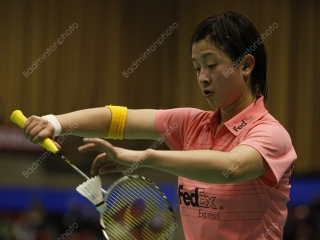
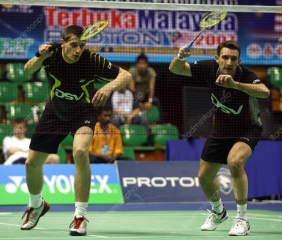
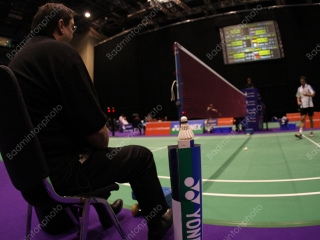
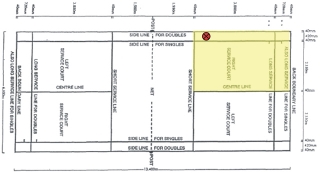
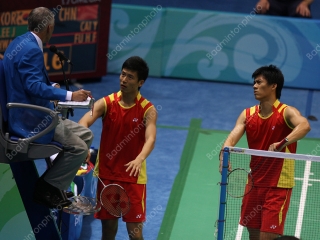
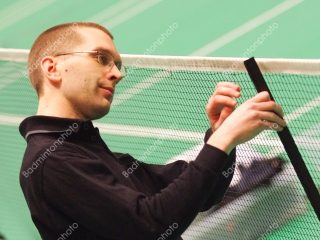
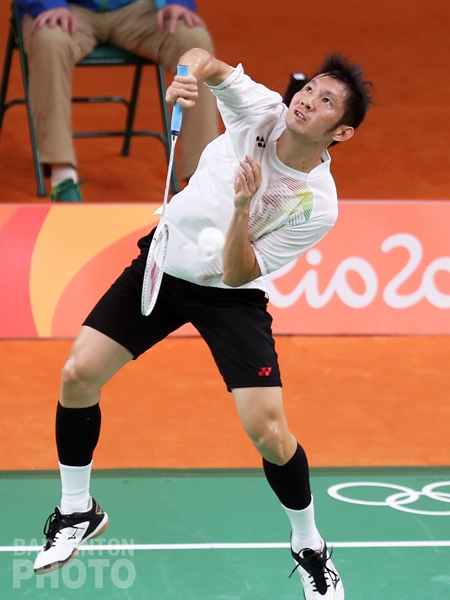
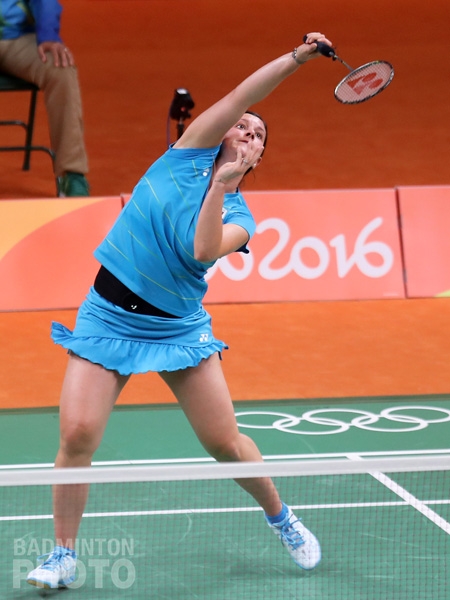


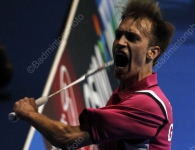
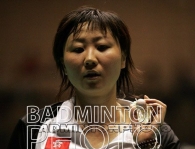
Leave a Reply